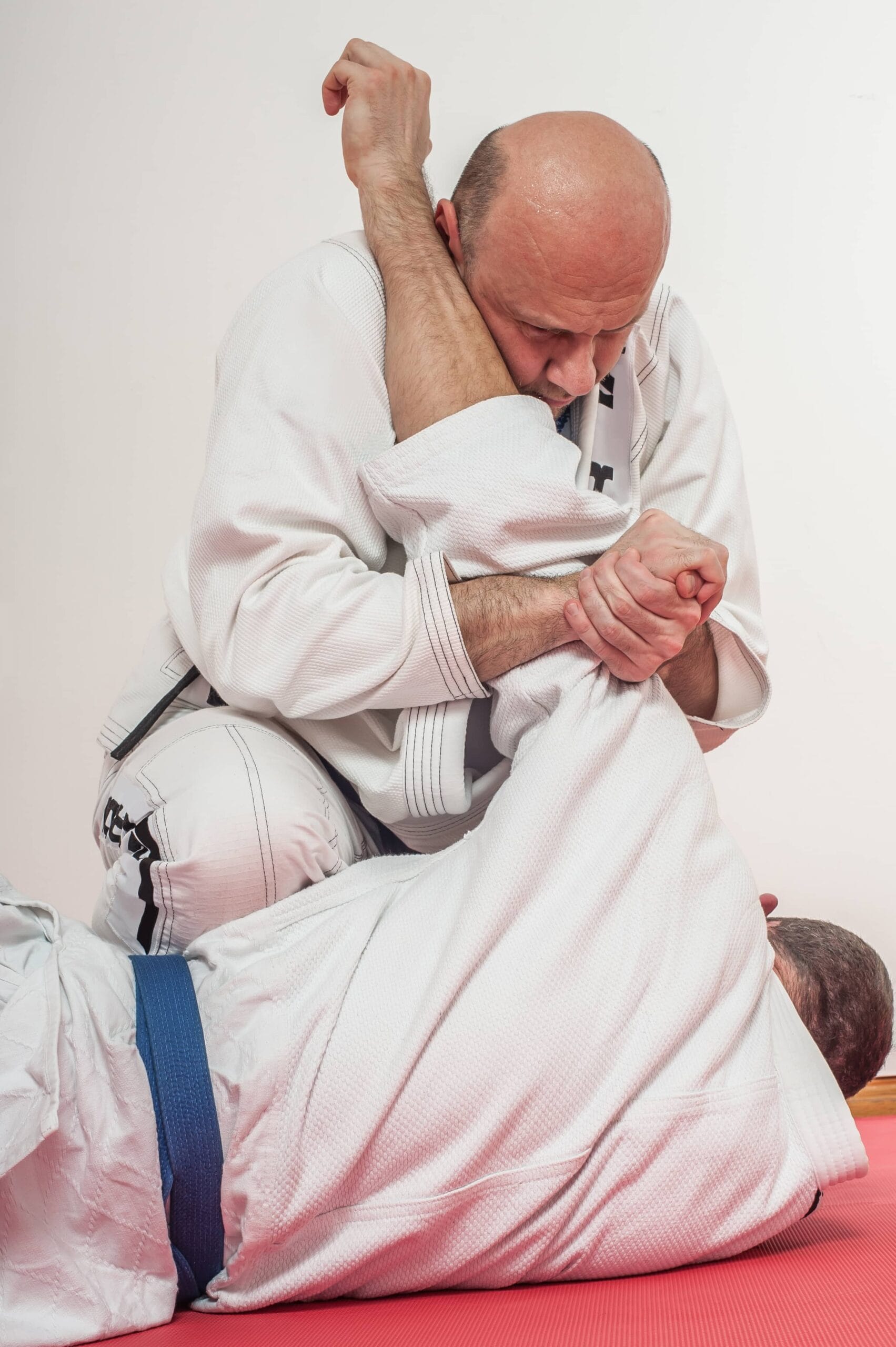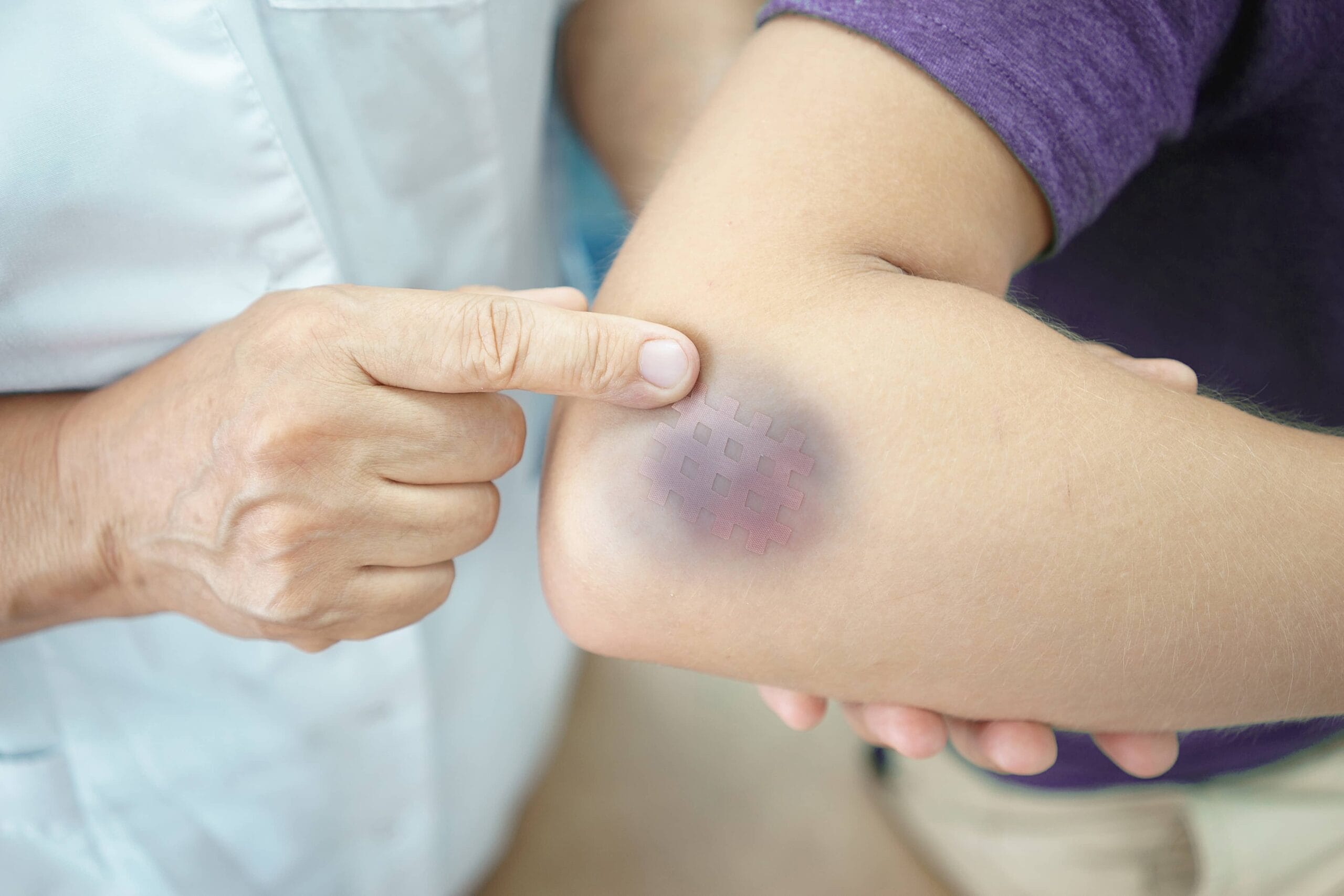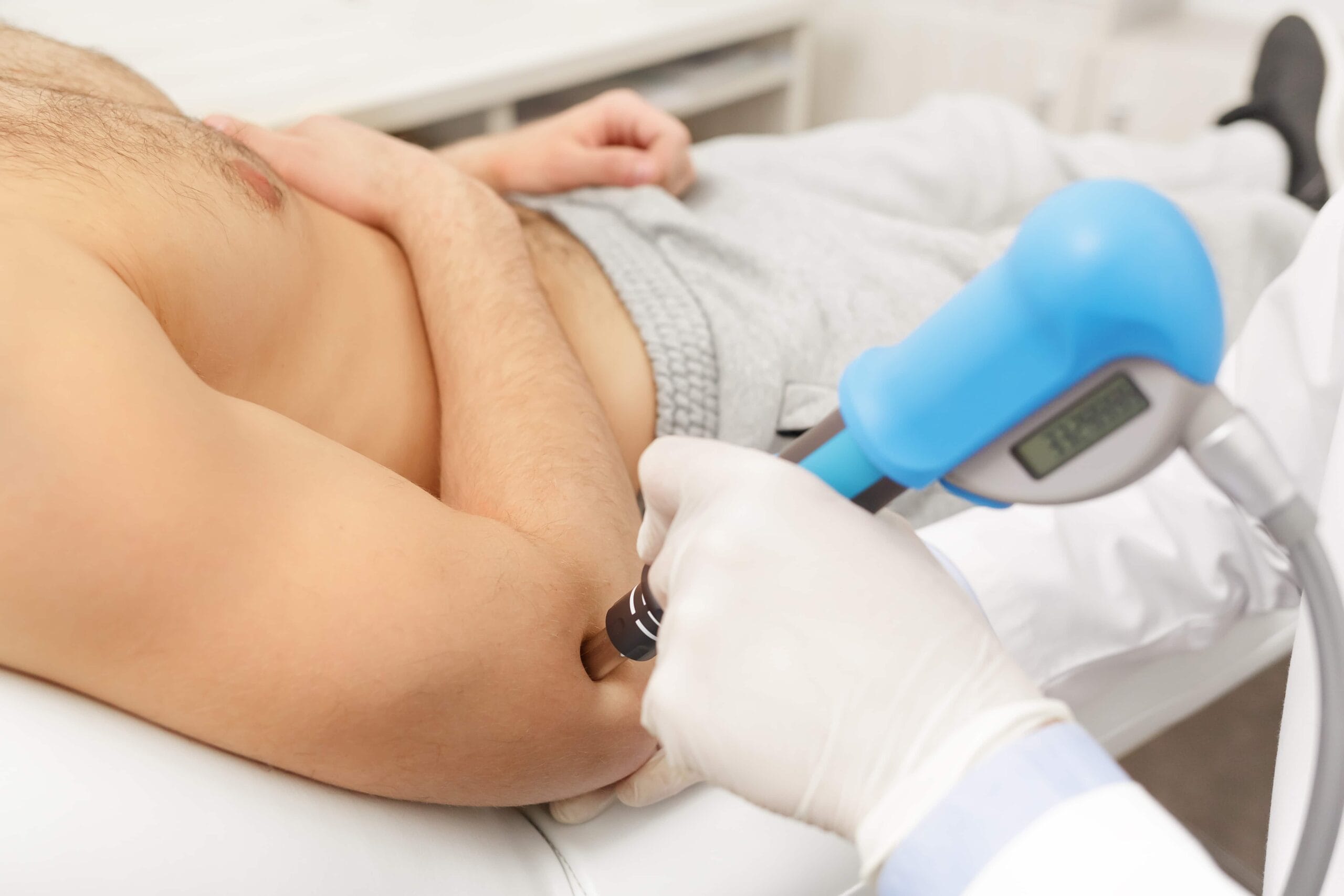Combat Arts Elbow Injuries Overview
The elbow joint is comprised of the upper arm bone or humerus and the two forearm bones called the radius and ulna. The elbow joint is a complex joint, both a hinge joint and a ball and socket joint that allows a wide range of motion. Elbow injuries are common in martial arts as the elbow is used as a weapon, a lever for armbars, and is essential for holds and throws. This makes the elbow very vulnerable to injuries such as dislocation of bones, damaged ligaments, bursitis, bone bruises, fractures, and broken bones.
Causes of Elbow Injury
The elbow is nothing but an articulation between the humerus, ulna, and radius. This unique combination makes it both a hinge and a pivot joint. It is responsible not just for flexion and extension but pronation and supination as well. It is generally stable due to the many ligaments supporting the structure. In MMA like BJJ, one of the first moves to learn is the armbar. In an armbar move, if held for too long or if the fighter refuses to tap out then the collateral ligaments get stretched and damaged. If the force is too much, it can tear. Over time, the repetitive stretching can make the ligaments lax and injure the joint. Falling on an outstretched arm or using the elbow strike can also damage the elbow joint.
Elbow Injury Symptoms
An injured elbow will typically be simple to diagnose. There will be a variety of symptoms including:

Types of Elbow Injuries
The elbow is the second most commonly injured joint. There are two sets of injuries that are common when it comes to this joint. The first is an acute injury which causes an elbow dislocation. The second is a chronic injury called tennis elbow or golfers elbow due to repetitive use.
Related Injuries
Elbow dislocations typically require an extremely forceful strike or fall. Elbow dislocation types include simple, which means there are no injuries to the bones, or complete, meaning the bone surfaces are completely separated.
There are also partial or subluxation elbow dislocations where only part of the elbow is dislocated. The symptoms may be distorted or absent, and the elbow will not function correctly.
In severe dislocations, the blood vessels and nerves traveling to the lower arm and hand may be damaged.
Symptoms
Causes
Repetitive injuries are common, include armbars and strikes. A forceful strike may cause dislocation, such as a direct kick to the elbow joint, landing wrong from a throw, or landing incorrectly on the elbow, wrist, or hand. The forceful turning motion rotates the elbow and pushes it out of the socket.
To learn how Elbow dislocation is diagnosed, Click here.
Tennis elbow or golfers’ elbow is an overuse injury. It is technically lateral epicondylitis. It occurs due to the overload of the extensor carpi radialis brevis (ECRB) tendon. MMAs, where the elbow experiences loaded gripping, simultaneous wrist extension will cause this injury. The elbow takes a battering in almost every attack and defense in some martial arts like jiu-jitsu. This strains the lateral epicondyle. Training with weapons also causes to load of the elbow while extending the wrist. Initially, it starts as gentle pain and inflammation. With time and repetitive stress, the injury worsens.
Every time a fighter grapples, uses his elbow to do a chokehold, or defends, the elbow joint is stressed. Degenerative changes take place in the ligaments. Microtears occur in the fibers which causes inflammation. The repair tends to be disorganized and hasty given that the joint experiences continual trauma. The repeated wrist extension, radial deviation, and forearm supination gradually worsen the condition.
To learn how Tennis elbow are diagnosed, Click here.
Common Elbow Injuries
Other common injuries involving the elbow include tendonitis and bursitis. Read about them in the Common Injuries section.
Elbow Injury Diagnosis
Elbow dislocations are usually diagnosed with radiography. This is to rule out any fractures involving the humerus, radius, and ulna. A physical exam is important to understand the limitations of the joint. Tennis elbow is more often a clinical diagnosis.

Injury Specific Diagnosis
Physical Exam
The first step in the physical exam is to visually inspect the joint and look for a visible deformity. If the joint is malpositioned, then an extensive exam is required.
The skin is inspected for ecchymosis and the joint is palpated for effusion. The elbow is then palpated for tenderness. The wrist is palpated for instability. This is to rule out any involvement of the radioulnar joint. Articulations of the joint are examined via a cautious range of motion tests. Although neurovascular injuries are rare, it is important to examine the nerves and pulses.
To this end, the motor nerves are tested individually. The patient is asked to make a fist, to tests the flexor digitorum superficialis. The doctor may ask the fighter to place the fingers flat on the table and then flex a finger. To test the flexor pollicis longus, the fighter is asked to make an “OK” sign. The doctor simultaneously evaluates the flexion of the thumb at the interphalangeal joint. The radial nerve is evaluated by asking the fighter to extend their wrist. If unable to so, it is also called a wrist drop. The fighter is asked to make a “thumbs up” gesture to test the posterior interosseus nerve. For the ulnar nerve, the fighter is asked to abduct and adduct their fingers.
Imaging
Doctors will want to understand the type of dislocation before they treat it. X-rays are done. These include both anteroposterior and lateral views. To identify the direction of the dislocation and rule out any surrounding fractures oblique views of the elbow are helpful. After the reduction, Xrays are repeated. CT is done only if there are associated injuries.
Lab Tests
Lab tests are usually unnecessary with the majority of non-displaced dislocations reduced conservatively. If surgery is warranted, then pre-operative blood tests are required.
To learn how a Elbow dislocation is treated, Click here.
Physical Exam
Since this is a chronic condition, fighters usually complain of pain for a long time. A detailed history of use and overuse is reviewed. The lateral elbow is palpated for the point of maximal tenderness. The usual site of tenderness tends to be a focal, distal location about 1-2 cm from the lateral epicondyle.
On wrist extension, if the pain is reproduced or increased then it’s indicative of tennis elbow. This is more diagnostic if the elbow is extended and the forearm is pronated. On exam, if while resisting the extension of the middle finger, with elbow extension, there is pain, the diagnosis is confirmed.
Imaging
This is a clinical diagnosis. Usually, imaging is not necessary. An elbow radiographic series with anteroposterior and lateral views are ordered to rule out other injuries. Ultrasound and MRI are used to identify degenerative joint changes, fractures, bursitis, tears, stress fractures, or osteochondral defects.
Lab Tests
Lab tests are usually done to confirm inflammation, tests like ESR and CRP are ordered. If surgery is warranted, then pre-operative blood tests are required.
To learn how Tennis elbow are treated, Click here.
Diagnoses of Common Elbow Injuries
To diagnose elbow injuries a variety of imaging modalities are helpful. Read more about them in our Common Diagnoses section.
Elbow Injury Treatment
Treatment depends on the type of injury and severity. For elbow dislocations that occur ringside, an experienced physician can reduce it without any imaging right there in the field. Chronic injuries require the fighter to stop the offending activity. Surgery is necessary for certain conditions if symptoms do not improve and conservative treatment fail.

Injury Specific Treatment
Emergency Treatment
An elbow dislocation should be considered an emergency injury. When a dislocation occurs always check for the pulse and ensure full sensory ability at the wrist since the dislocated bones may cause a blockage in blood flow.
Medical Treatment
The first step is to attempt a closed reduction of the elbow. A reduction will decrease the pain and swelling of the joint. Often, reduction requires sedation. If the elbow is displaced, then the displacement is first taken care of before applying longitudinal traction to the forearm.
Since posterolateral dislocations are more common, the elbow is extended. The doctor applies slight pressure on the posterior side of the olecranon. This reduces the elbow. A palpable or audible clunk is heard during reduction. After the elbow is reduced, all range of motion is tested which involves, flexing, extending, valgus, varus, pronating, and supinating. Then the elbow is placed in a posterior long-arm splinting. This is 90 degrees of flexion.
Two weeks later, the splint is removed. Physical therapy is then started. For less stable joints, the splint will be kept for longer with the help of extension blocking splints. Avoid prolonged immobilization.
Surgical management is rarely required. If a doctor cannot reduce the dislocation, then closed reduction under anesthesia is advised. If the elbow is unstable at 50 to 60 degrees of extension, then surgery is warranted. The goal is to allow a range of motion of 30 to 130 degrees in flexion and extension and 50 degrees of pronation and supination. If there are unstable fractures with a complex dislocation, surgery is necessary. This could be due to fragments within the joint or entrapped medial epicondyle in the joint.
Home Treatment
After reduction, splinting is done with a posterior long arm splint. This prevents the extension of the elbow. Elbow splinting is usually in 90 degrees of flexion. For pain, analgesics and NSAIDS are helpful. Physical therapy is started after two weeks if the joint is stable.
Emergency Treatment
Tennis elbow is generally not an emergency. The pain and symptoms usually develop over time. An acute injury is precipitated due to chronic strain. In case of an acute injury, rest, ice, compression, and elevation are essential followed by orthopedic consult.
Medical Treatment
The first step is nonoperative management for tennis elbow. This includes removing the offending movement that causes pain. To achieve pain control ice the area after any physical activity. Use topical NSAIDS for escalating pain. Counterforce straps like "Cho-pat" straps relieve tension at the lateral epicondyle. Wear these forearm straps while doing all activities. A brace is also useful. Braces like a cock-up wrist splint can ease the tension off the wrist extensors.
Surgical Management
Surgery is usually the last resort in tennis elbow. Non-operative management is prescribed for a period of 6- 12 months. If it fails, then surgery is warranted. ECRB debridement and release of the tendon origin at the lateral epicondyle is a popular technique. To stimulate healing potential, the pathologic tissue must be debrided leaving behind bleeding, a bed of bony tissue.
Home Treatment
In tennis elbow, therapy plays an especially important role. This includes both occupational and physical therapy. The focus is usually on stretching the forearm. The exercises also strengthen the muscle. Gradual progression to eccentric muscle strengthening of the common extensor tendon is beneficial. If the pain is not alleviated by all these measures, then alternatives such as topical nitrates, autologous platelet-rich plasma, botulinum toxin, and dextrose prolotherapy are tried.
Common Treatments
Elbow injuries are treated conservatively and surgically. Some common medications and therapies are listed in our Common Treatments section.
